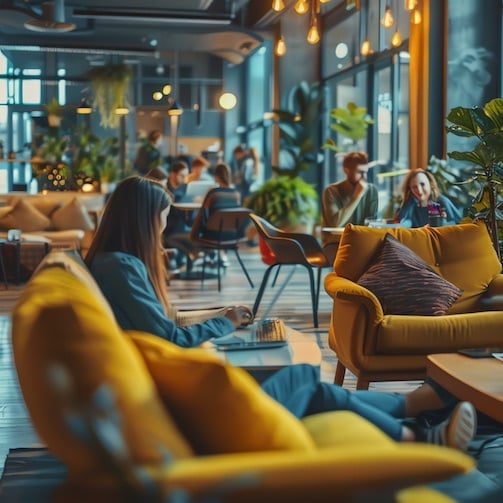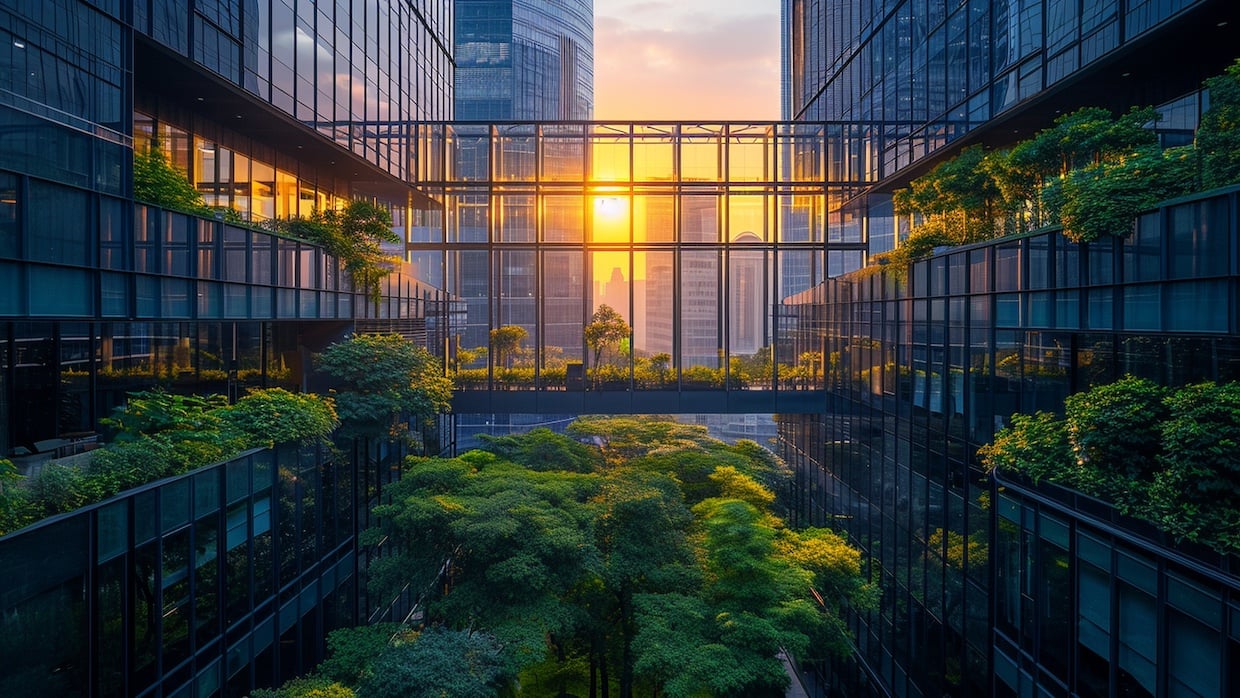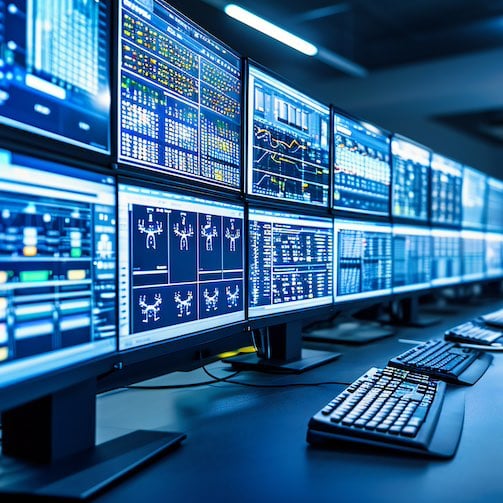
IoT


IoT

Automation and remote monitoring

Data analytics
A great example of how these three elements work together is with dynamic cleaning. Traditional building cleaning takes place based on a fixed schedule based on historical and ‘problem location’ information. Any change from this schedule is reactive e.g. cleaning up an accidental spill.
Dynamic cleaning improves productivity by monitoring occupancy patterns, cleanliness of spaces, availability of consumables, using sensors and apps to track room occupancy data and cleanliness in real time then dynamically allocating labor and supplies. At a FMGC client premises a dynamic cleaning trial reduced labor requirements by 4.6%, whilst maintaining / increasing the cleanliness of the space.
By integrating these three elements, we can transform traditional infrastructures into smart, sustainable, and future-ready spaces and offer solutions to our client’s challenges.
Smart buildings are not just transforming our spaces but are also leading the way to sustainable living and working environments.
The use of advanced automation and data analytics can significantly reduce energy consumption, greenhouse gas emissions, and waste generation. Sensors and connected devices smartly adjust lighting, heating, and cooling systems based on real-time data, resulting in improved energy efficiency.
For example, we have been able to save a massive 2.1million Kw hours of electricity per year for our client a multinational food packaging and processing company in Chakan, India. We identified potential savings across three areas: lighting, HVAC and refrigeration. Then introduced LED lighting, an AI based energy optimisation thermostat for air conditioning, and a non-corrosive additive refrigerant enhancer. Across the estate the changes produced a CO2 reduction of 1,992 tCO2.
Our customized sustainability strategies ensure our smart building solutions contribute to a greener future whilst also enhancing the experience of everyone using the building.
Reducing our energy consumption and that of our clients is one of the four ways we are reducing our carbon emissions and working towards our Net Zero by 2040 target.

The 4 benefits of a dynamic workplace experience

Co-creating exceptional workplaces

Creating exceptional moments at the world's largest sporting events